by Ken Gargett
The first moment I got interested in wine I was warned about Burgundy. It was made abundantly clear that we (by which I mean a bunch of friends with far more experience in wine than I had) drank Bordeaux. In those days, not that long ago, it was always Bordeaux Firsts or the occasional Second Growth – as long as it was one of the top names and vintages. Château Palmer might get a run if someone wanted to slum it and go Third Growth, and if we really wanted to walk on the wild side we might let our hair down with a St. Émilion or Pomerol, but it better be a really good one or eternal humiliation was the inevitable fate. This was simply how it was. The way of the world. And wine was so much cheaper.
Burgundy, I was told by friends and by seemingly every book on the subject, was unreliable. Oh sure, you might get a cracker now and then, but you’d have to buy three or four bottles to get something even vaguely drinkable. Those who chased bottles of Burgundy may as well have appeared in the equivalent of Hogarth’s Gin Lane paintings. It was an obsession that would lead to desolation and ruin.
To be fair, we drank wonderfully well with the Bordeaux. My friends – I was younger than them and they had very kindly “adopted” me – delighted in having someone with an interest in wine join them and they shared many extraordinary bottles. I was most fortunate.
Burgundy did itself no favors with overproduction, ordinary wines, convoluted appellation laws, overpriced dross, and more. Good wines were incredibly difficult to source, coming in tiny quantities. White Burgundy, if we may put it as politely as possible, made a mess in the bed during the 1980s/1990s with many wines affected with premature oxidation, making them expensive disasters.
The fact that a small cache of wine lovers was aware of the joy Burgundy could offer meant that they grabbed the good stuff as fast as they could (little did I know that this included some of my friends and that life was about to change: cellars chock-full of Domaine de la Romanée-Conti, Henri Jayer, Rousseau, and more).
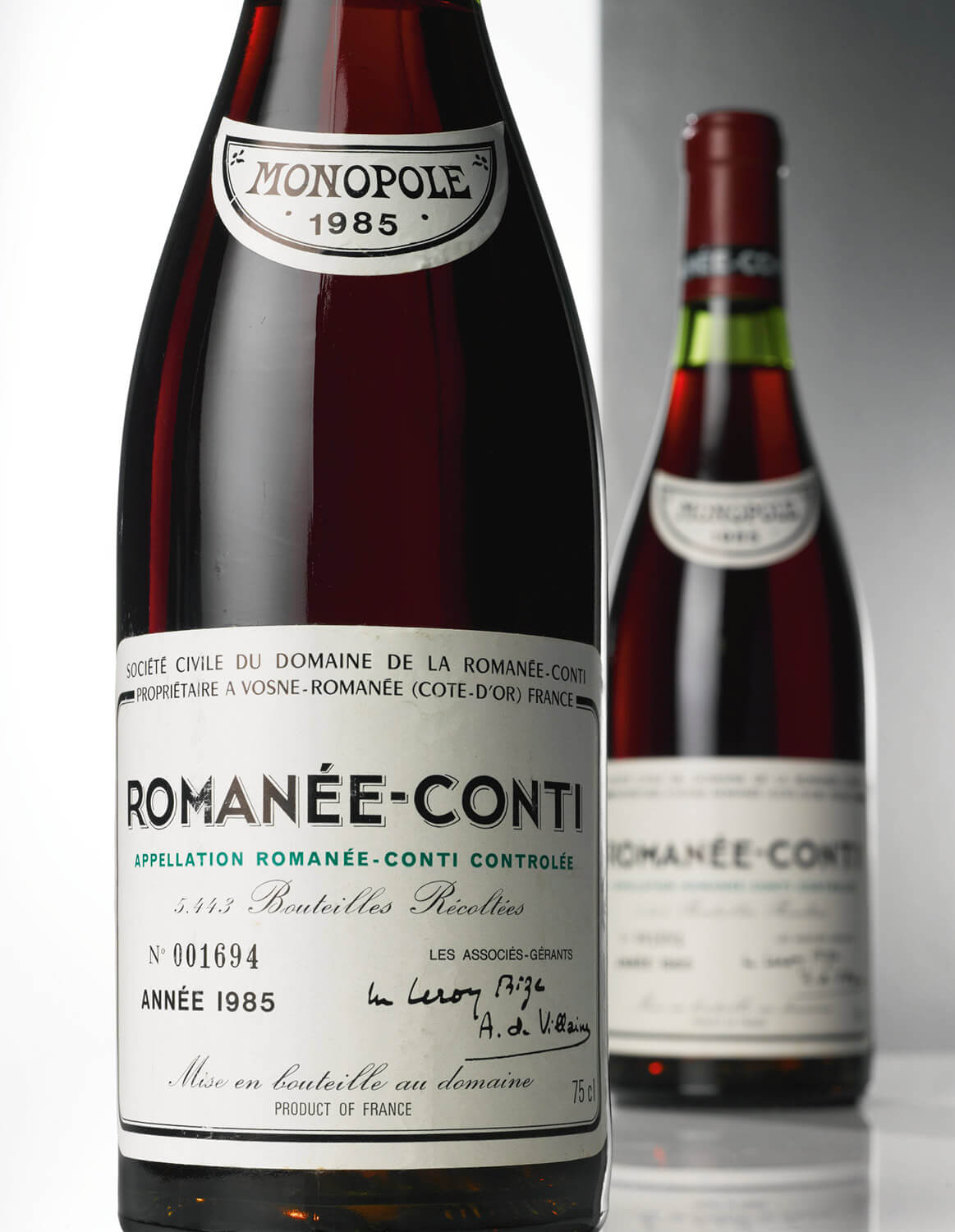
Domaine de la Romanée-Conti
If you doubt me, I refer you to one of my favorite books on wine: Maurice Healy’s Stay Me With Flagons, written during World War II. Healy, a judge, and originally a teetotaler until introduced to wine by his Irish priest, is a Claret (Bordeaux) lover. Indeed, he devotes three chapters of this book to Bordeaux while no other region does better than one.
Healy, despite his fealty to Bordeaux, conceded, “Let there be no doubt about it: Burgundy at its best overtops Claret at its best.” Healy’s editor and friend was so outraged at this that he inserted his own contrary thoughts into the book in just as scathing terms as we see from Healy.
What brought about these sacrilegious reflections were three wines: a 1923 Richebourg, a 1904 La Tâche, and an 1889 Volnay Caillerets. Healy, however, does toe the party line that a great Burgundy is a very rare thing. “You will only drink four or five bottles of truly first-class Burgundy in your whole life, and you will be lucky if you find so many.”
His reviews of these three wines are priceless. First up, “One hears the clang of armor in its depths; Mozart closes his clavacin when it is poured, and Dr. P.G. Wodehouse defers telling that story he was about to begin: but Bach moves towards the organ; Henry Ainley [a famous actor of the day] opens the pages of Henry V; the host turns on the lighting of his Rembrandt; and the noble wine blends with them all.”
Next, “So marvelous, so delicate was the bouquet, it seemed an impertinence to go further and taste this miraculous liquid; and yet, on the palate it almost made one regret the waste of time the moments spent in taking in the perfume.”
Finally, the 1889 Volnay. “Nearly 20 years ago, but I still remember the magnificent shock of that bouquet, rich in mellow perfection, and entirely free from the infirmities of age. I took one sip; I closed my eyes, and every beautiful thing that I had ever known crowded into my memory. In the old fairy tales, the prince drinks a magic portion, or looks into a magic crystal, and all the secrets of the world are revealed to him.
I have experienced that miracle. The song of armies sweeping into battle, the roar of the waves upon a rocky shore, the glint of sunshine after rain on the leaves of a forest, the depths of the church organ, the voices of children singing hymns, all these and a hundred other things blended into one magnificence . . . Yes, I a devotee of Bordeaux, solemnly declare that the three greatest bottles I have ever tasted were all from Burgundy.”
The debate went on. Bordeaux? As reliable as tomorrow’s dawn. Burgundy? The toss of a coin. Ten great bottles? Nine of them would be Bordeaux (although it was surprising how often the very best was from Burgundy).
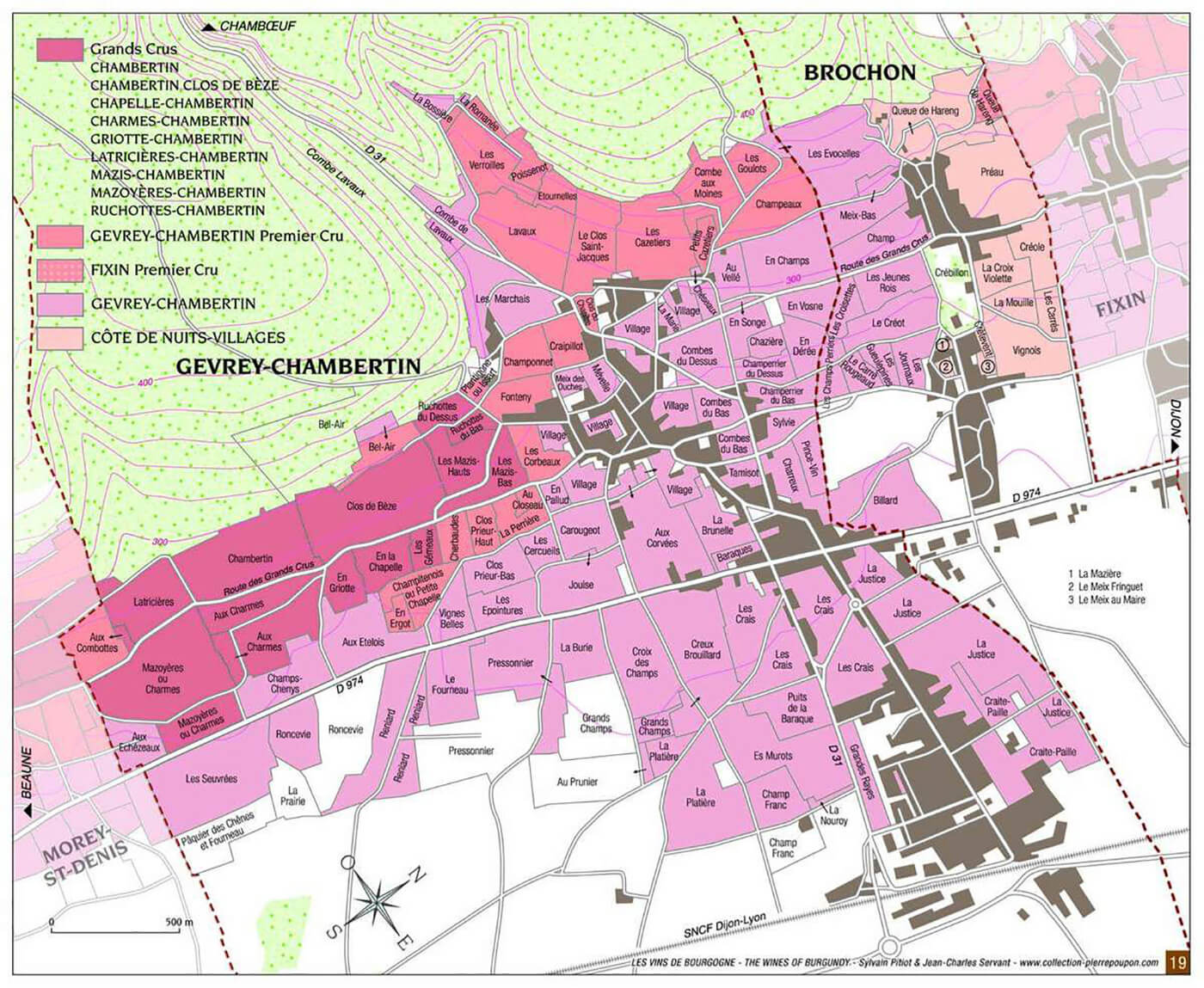
Wine domains in Chambertin, Burgundy (image courtesy www.degustateurspro.com)
Times change, and so does Burgundy
Trends change. Today, many wine lovers see Bordeaux as the wine of their grandfathers. They love the nuances, the exploration, the story, and the supreme quality represented by Burgundy. There are many reasons for this, but Burgundy is undoubtedly the flavor of the month. Prices have skyrocketed. Wines that were once expensive are now out of reach – not just tantalizingly but otherworldly.
Don’t we all wish we had filled our cellars to brimming with Burgundian gems before the ever-upward spiral. Sure, wines like Domaine de la Romanée-Conti, Leroy, de Vogue, and others were always among the world’s most expensive, but so many represented amazing value – we just didn’t quite twig.
Here is one quick example to illustrate how Burgundy really was the red-headed stepchild in comparison to its golden sibling. Around 15 to 20 years ago, I attended a lunch to celebrate something or other. One of the team brought a bottle of Denis Mortet Chambertin. A good vintage from the 1990s (1996, I believe). Despite long being a devotee of Burgundy, I’d not encountered Denis Mortet at that stage (something well rectified now). The wine was truly glorious. An absolute gem.
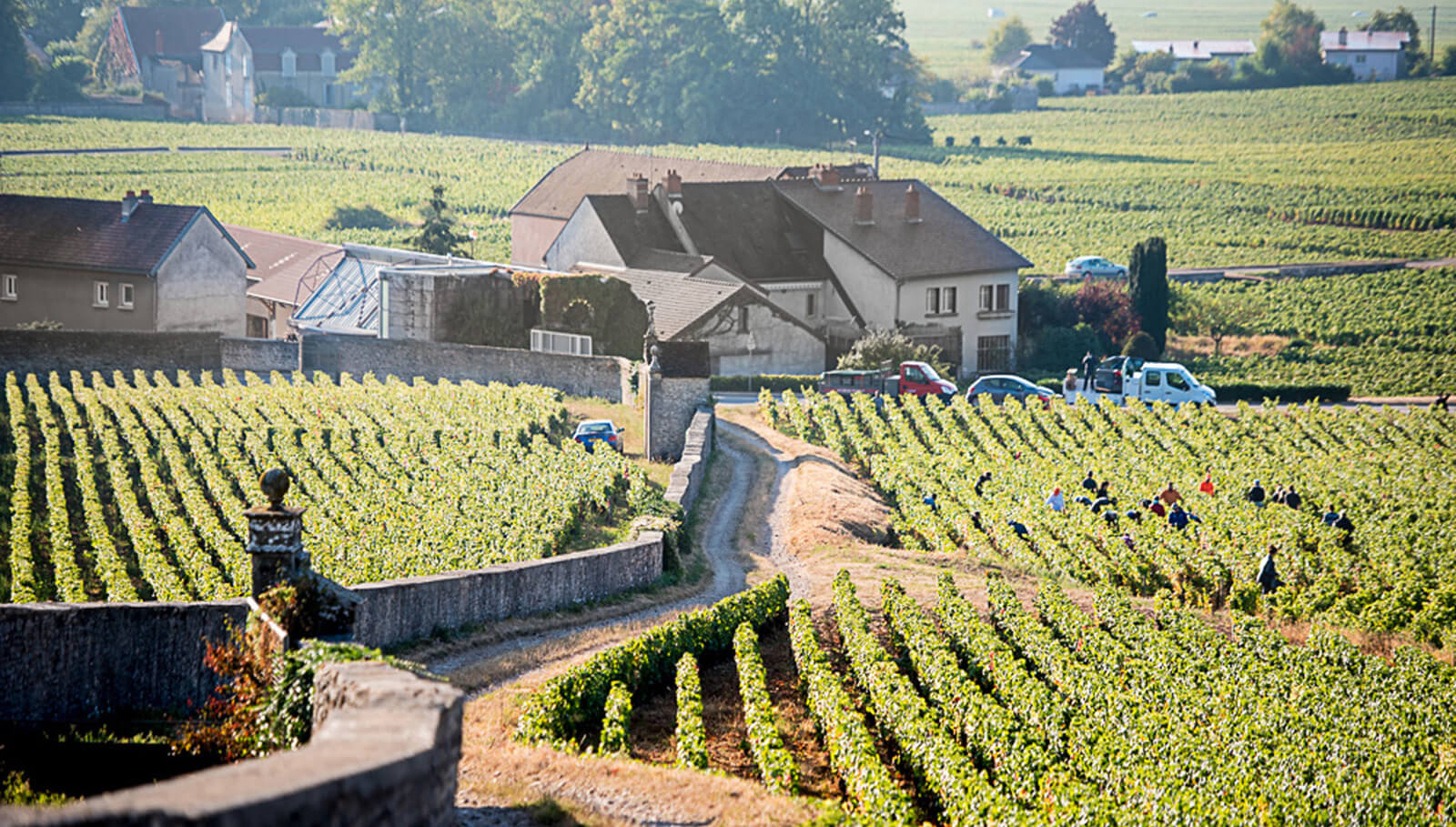
The village of Gevrey-Chambertin in Burgundy
One of the guys asked if I would keep an eye out for more. By chance, a magnum of that very wine appeared at a local auction just after this. The price he paid was somewhere between half and two-thirds of that paid for single bottles of Bordeaux First Growths of a similar vintage (in terms of time and quality). Bottle vs. magnum and yet a fraction of the cost! Those days are long gone.
I always tell my Bordeaux-loving friends (I should state that I have absolutely nothing against Bordeaux and have enjoyed a great many, I just don’t see their best on the same level as that of great Burgundy) that I envy them. They still have the bottle in front of them. The bottle that will flick the switch. When a window to the grace and glory of the world will suddenly open. Wine will become a very different journey. Meanwhile, they can quite happily continue to enjoy the pleasures of Bordeaux.
The moment when my switch was flicked was far too many years ago (well, perhaps not that many – it just seems like it) at an amazing dinner to celebrate the 1945 Bordeaux vintage (one of the all-time greats); we were enjoying some truly extraordinary wines. This was Bordeaux and this was as good as it got. Or so I believed. Then a friend threw in a ringer. A wine about which I knew, at that time, precious little. But what a wine!
Thirty minutes after finishing it, I could still hold up the glass and smell the florals, the spices, and the violets as though the glass was full. Mindboggling. So complex, so silky, such persistence, so ethereal. So good! The 1971 Domaine de la Romanée-Conti, for me the most exciting wine estate in the world, the finest vineyard, and one of the all-time great vintages. And it drank like it!
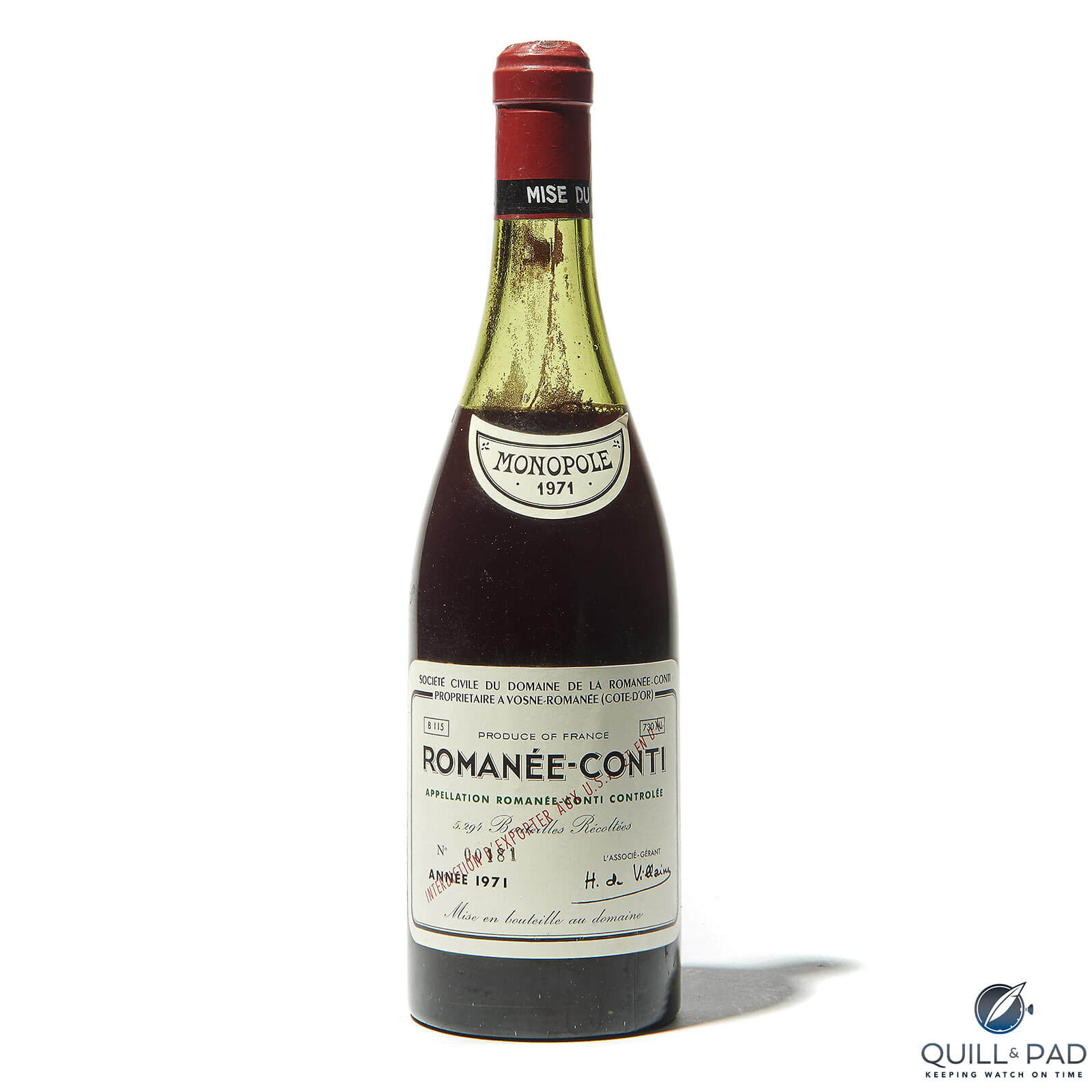
1971 DRC Romanée-Conti (photo courtesy Christie’s)
Until a few years ago, it was for me the greatest wine I had ever tasted. But it was finally topped by another Burgundy served by another incredibly generous friend. A wine from the same producer and the same vineyard: the 1929 Domaine de la Romanée-Conti. Heaven on earth. The song of armies and the voices of children, indeed.
If I was to be completely accurate, the ’71 was topped twice that evening: first by an extraordinary 1923 La Tâche and then by the 1929 Romanée-Conti. Some days are indeed diamonds. And by the way, one of my great friends, another Burgundy fanatic, was supposed to attend but had declined in order to have dinner with his wife as he didn’t think that we’d be served anything too decent (that was planned for the next day!). I can still bring him to tears simply by mentioning the night.
Now the world discovered has the stuff.
A Little Burgundy history, a lot of war with Champagne
Issues with Burgundy are hardly new, but it was not always Burgundy against Bordeaux. Back in the mid-seventeenth to mid-eighteenth centuries, Burgundy was of all things engaged in a battle with Champagne, but not Champagne as we know it: the champagne produced was non-sparkling and a pale red.
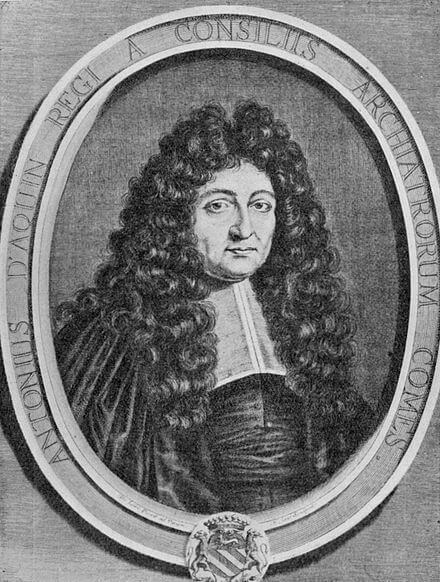
Antonius/Antoine d’Aquin (photo courtesy Wikipedia Commons)
The problem began back in 1693: Louis XIV’s royal physician, Antoine d’Aquin, was a big fan of Champagne.
D’Aquin was a rather controversial figure but a discussion of the ailments of the king and his treatment thereof, often in the face of contrary opinions, is not necessary here in case anyone reading this is of a delicate nature (well, I am and I am not going through it all – it really would put you off your Musigny). D’Aquin’s problem was greed. He kept hassling the king for more and more money, houses, titles, an appointment as an archbishop, and more. Eventually, the king had enough and he was banished in 1693 under instructions never to set eyes on the king again.
Enter Guy-Crescent Fagon, a French physician, botanist, and nobleman. He remained Louis XIV’s head physician until the king’s death in 1715; it was traditional for the physician to be replaced at that time. Naturally, this time is also an opportunity for all manner of allegations to be thrown at the physician and it can be a little hard to refute them when your patient is mort. His methods were questioned, and it was believed that more than a few nobles lost their lives to his care. On the positive side, he was a great supporter of the wines of Burgundy. And, of course, the royalty of the day followed advice as to which region’s wines should be drunk.
That said, I’m not sure how appealing either would have been given that they were basically considered a vehicle for the administration of quinquina (quinine) infusions for the health of the monarch.
Champagne was not going to take its demotion at the royal court lying down and battle was joined. Universities in both regions began trading theses maintaining the superiority of their respective wines. Actually, it had already been going on for some time.
Burgundy had jumped the gun back in 1652 with a Monsieur Arbinet noting that, “Because the wine of Beaune was the most pleasant, it is also therefore most healthful.” Things went back and forth (really, not that much different from the sort of thing you would find on any wine forum on the internet these days) until a Monsieur de Salins really got stuck in, defending Burgundy in response to a treatise on the glories of Champagne.
This treatise had described the aroma of Burgundy as “none at all or only a burnt exhalation, which burns the organ and smells of the ruddy and mineral earth of the country, or of its burnt stones.” It continued, “Burgundy is always too hard or too soft – that there is no in between, and that this is the result of the flawed configuration of its unequal and disproportionate parts, which tear up the pores of the organ when they are not yet dulled; and which, becoming dulled afterwards, suddenly cease to make a sensory impression.”
He did allow that Burgundy would do better than Champagne as a source for distillation and finished, “But to ally the wine of Burgundy with the wine of Champagne? This is what Bacchus, or at least those of discriminating taste, would never approve of.”
Salins was having none of it as detailed on an old site called Gargantuan Wine. “I ask you, sir, if there could be a finer soil, orientation, and exposition to the sun anywhere in the world than those of the wines of Beaune, Pommard, and Volnay? Is it permissible for the best climates of Champagne to even approach them? Removed as they are from the Equinoxial Circle by three degrees and a few minutes (latitude), and thus possessing much less sun and warmth, which renders wines little more than the cadettes of our own, far from any right to claim superiority, which up to now causes the greatest and most objective connoisseurs to say: The wine of Reims is thin, not quite wine-flavored, and acid, which, like most other white wines, has the strength to make urine, but very little to nourish and to warm.”
He continued, “Is it not also a great ingratitude on behalf of those gentlemen to challenge via their wines a preference over those of Burgundy, knowing full well that they simply borrowed their origin and glory from our great productions and vineyards through cuttings of our vines, which, via cowardly complicity and corruption caused some of our former coopers to send them; but thanks to God, Solo natura Subest [apparently this translates as ‘nature lies under the soil’]; Nature is attached to the land as Virgil has rightly remarked. For their wines to be as good as ours, they would need to carry home with our cuttings, our sun and our land.”
There was more to come. “This is yet another Champenois who can only judge good qualities in wines because he has read about them in his books, and apparently has never seen any vineyard other than his own.”
He did offer the “Champagne merchants put on to come insult us, we who think nothing of them” the chance to have wines from both regions “analyzed and decomposed” by the “honorable Monsieur Fagon, first doctor to the king . . . after which we will consent in good faith, that the wine which he will decide should have the honor of preference and the prize of victory.”
Given Fagon’s known preference for the wines of Burgundy, this was perhaps a touch disingenuous.
He wasn’t finished, accusing the “merchants of Reims” of mixing Burgundy with their “sick, half-dead wines, to try to give them a new life, and in doing so prolong a dying reputation, one which they owe entirely to the goodness of our wines.”
He warned foreign merchants not to be swayed by “sophisms and by specious arguments . . . false promises” and insisted that they should avoid the “wines in Champagne, which they will find for the most part falsified and softened by lead oxide in order to correct their high acid and raw greenness; although it is certain that arsenic-infused foudres and the scum of impure mercury – of which it is full – are capable of poisoning them.”
He insisted that the wines of Champagne would cause “obstructions and fermentations in the bowels, typical causes of the greatest sicknesses, as are the inflammations of the noble parts of the body, apoplexia [sic], paralysis, gout, and rheumatisms.”
Perhaps most damning of all, he gave the wines of Champagne faint praise because one could drink them without fearing drunkenness.
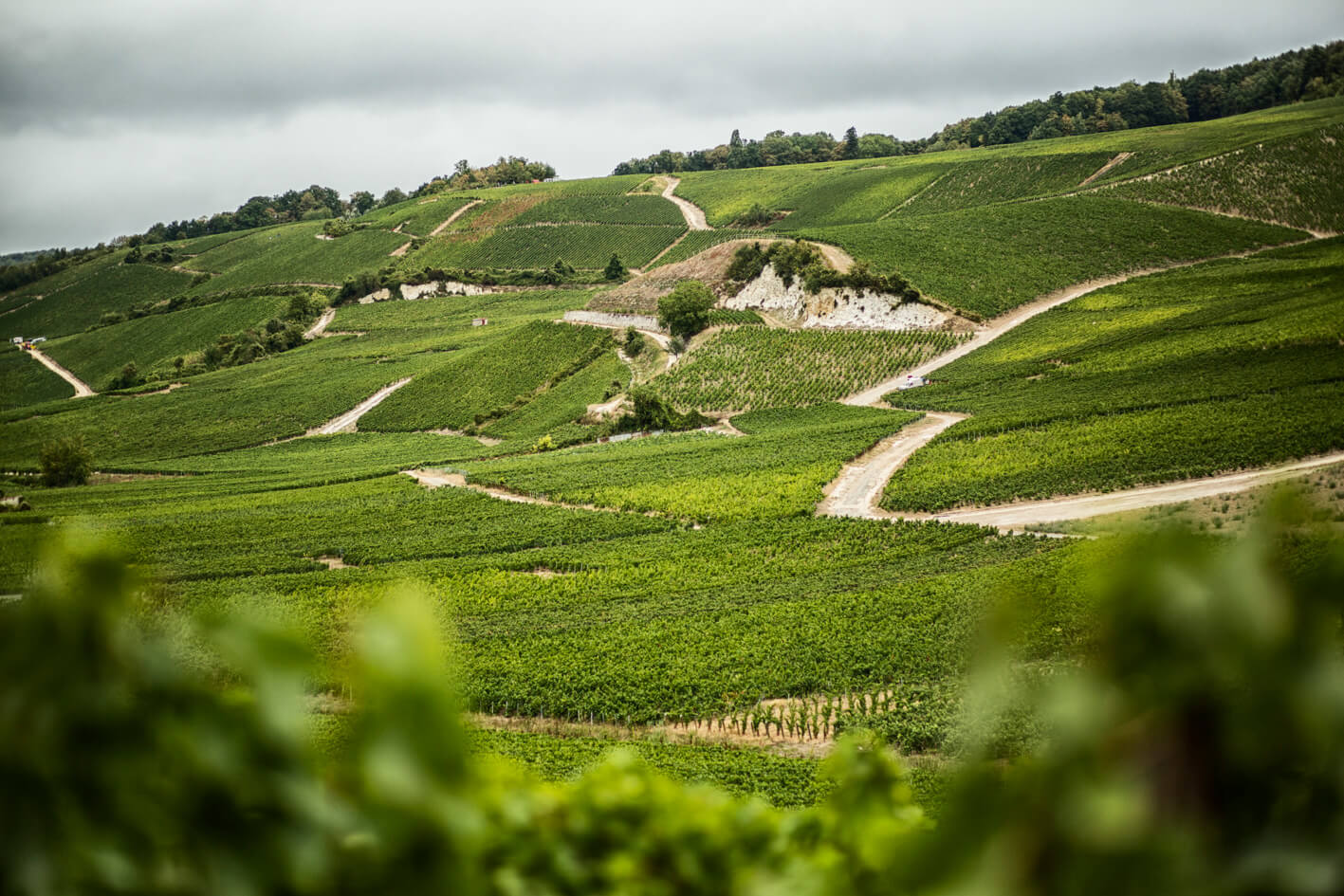
Bollinger vineyards in Champagne
The result of this battle? After Louis XIV passed away and his physician was dismissed, his successor, Phillippe II, fell firmly on the side of those obsessed with sparkling champagne.
As entertaining as this historical battle might be, it matters little today. I am merely warming up for next week’s topic: something that absolutely every Burgundy lover should seek out. Stay tuned. Burgundy is currently right in the middle of its golden age.
For more information, please visit www.beaune-tourism.com/discover/burgundy-wines.
You may also enjoy:
Glorious Burgundy Is Experiencing An Unprecedented Golden Age Of Fantastic Wine Vintages
The World’s Best Wine? No Contest: Romanée-Conti By Domaine De La Romanée-Conti
Faiveley: Now One Of Burgundy’s Top Producers And Getting Better And Better
Domaine Dujac: Red-Hot Burgundy Wines (With Tasting Notes)
Clos De Tart And Clos Des Lambrays: The Glory Of A Great Burgundy Is The Pinnacle Of Wine
Leave a Reply
Want to join the discussion?Feel free to contribute!





















































Louis XIV successor was Louis XV, son of the duke… de Bourgogne!
Philippe II was the son of Louis VII and Adele … de Champagne!
Thanks Xav. i’ll confess my knowledge of that period of French history is perhaps a smidge lacking. What I did learn in looking into this was fascinating stuff, though.
An age ago and in another life I was a Chef de Rang in a French restaurant. Our sommelier had been educated properly, in Geneva and knew more about wine thirty years ago than I do now. I decided quite quickly that I would have to specialise and I chose Burgundy.
These days I tend to favour South America with my purchases, but when I go “Old World”, it is the sloped shouldered bottles I go for.
I do miss the price:quality ratio of The mid-90s, and the fun wine labels had then. I’m sure we all laughed at “Goats-do-Rome” and “Fat Bastard”. Not to mention my (too frequent) trips to Oddbins, two of which were within 5 minutes walk of my place. 😊
Thanks Tam. Yes, it all seems a little more serious now and the pricing matches that.
Definitely Ken. Especially in East Asia, where there is a premium on top of the premium!
Mind you, Mrs Banter just ordered some
Hautes Cotes-de-Nuits and Gevrey – Chambertin. Without being asked!
A treasure of a woman. 😊
You are a very lucky man.